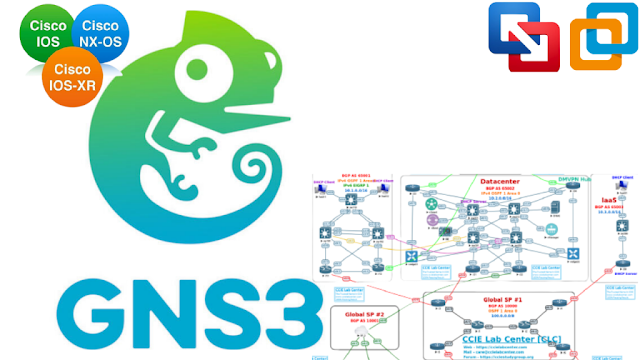Why IOS XE EVE NG is very Popular
Making a backup of the Cisco IOS
image on a router is an essential step in case the current image becomes
corrupted or is mistakenly deleted. There are several ways to back up the Cisco
IOS image on a router, including the ones listed below: Use the copy flash tftp
command to send an image from flash memory to a TFTP server. Use the copy tftp
flash command to move an image from a TFTP server to a flash memory Using a
Cisco Network Management System such as Cisco Prime or Cisco DNA Centre, the
IOS image can be remotely backed up. Using a USB flash drive to transfer the gns3
juniper images from the flash memory to the USB flash drive and
vice versa. You may restore the configuration after an IOS upgrade by using the
command "show run" to back it up and save it to a file. The backup
image should be restored to any router to check its integrity.
Backup methods using the Cisco
command-line interface
The process involves copying the image
from the router's flash memory to a remote server or TFTP server, where it is
then stored in a secure location. It is always recommended to preserve a backup
copy of the ios
xe eve ng before making any modifications to the router, such as
upgrading to a new version or installing a new feature set. The following are
the procedures to back up the Cisco IOS image using the CLI:
To connect to the router's CLI,
use the console port or a terminal emulator.
Enter the router with the correct
credentials.
It is essential to keep a backup copy of
the IOS image in a secure location, such as a network-attached storage device,
from which it may be rapidly retrieved in the event that the IOS image on the
router is corrupted or accidentally wiped.



Comments
Post a Comment